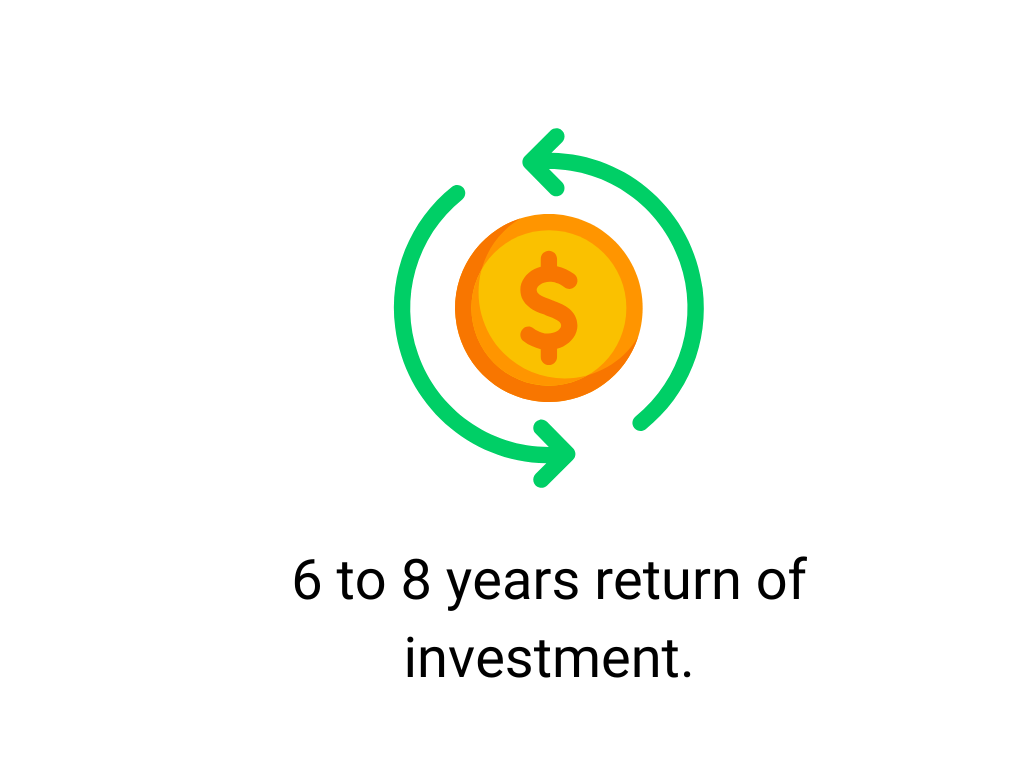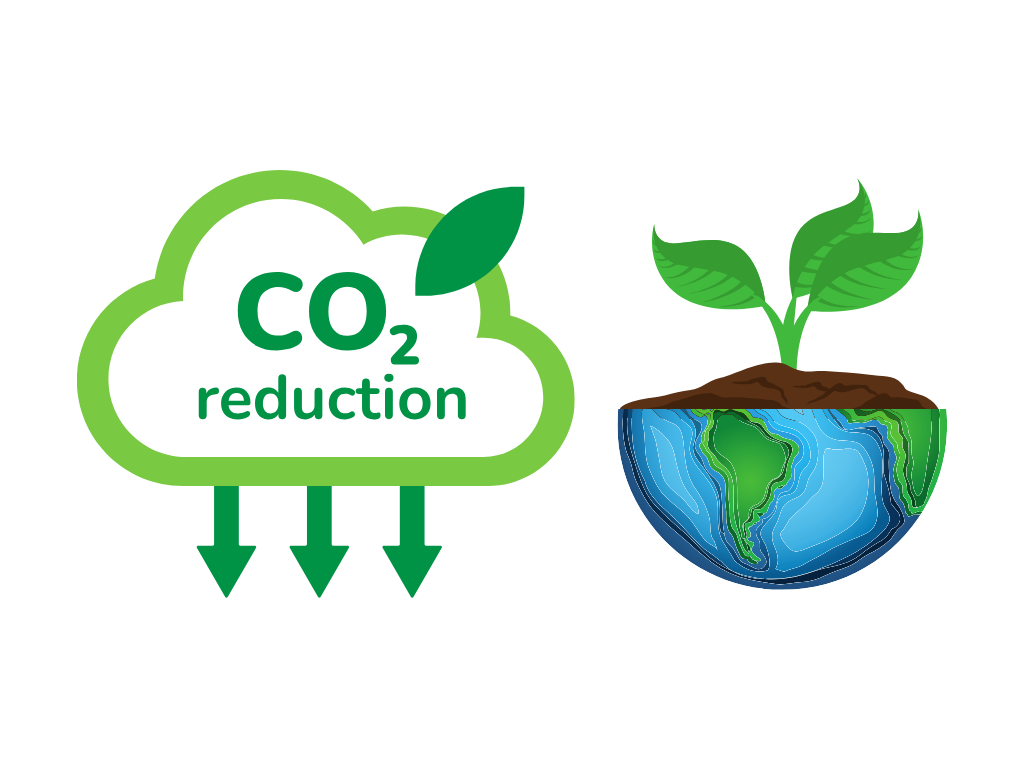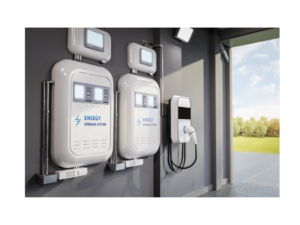“Is Now the Best Time to Invest in Solar? For many, the idea of investing in solar energy can feel daunting, especially with concerns that rapid technological advancements might render their solar panels obsolete. However, the benefits of investing in solar panels today significantly outweigh any potential advantages of waiting. With current solar incentives, decreased installation costs, and protection from rising energy prices, now is the ideal moment to embrace solar energy.”
Why Now is the Best Time to Invest in Solar Technology?
Several vital factors support the decision to invest in solar energy now. It is driven by a combination of immediate economic benefits, such as tax incentives and reduced installation costs, along with long-term advantages like protection against rising energy prices and increased property value. Additionally, recent technological advancements have made solar systems more efficient and accessible than ever, making them a smart and profitable choice for any homeowner or business seeking financial stability and environmental sustainability.
1. Economic Benefits: The cost of solar installations has dropped by more than 60% in the last decade, making it more affordable for homeowners and businesses². This decrease is due to advancements in manufacturing and increased competition in the market. According to the Solar Energy Industries Association (SEIA), the average cost of residential solar has fallen from $7.50 per watt in 2010 to around $2.95 per watt in 2023². Additionally, the Federal Solar Tax Credit provides a significant financial advantage, covering 30% of the installation costs, which can lead to savings of thousands of dollars¹. For example, a system costing $15,000 would be eligible for a $4,500 tax credit. Waiting could result in higher upfront costs as this incentive will be reduced in the coming years¹.
%
The cost Have dropped last decade
2. Rising Energy Costs: Electricity prices have steadily increased across the United States. According to the U.S. Energy Information Administration (EIA), the average retail price of electricity for residential customers rose from 12.52 cents per kilowatt-hour (kWh) in 2014 to 15.02 cents per kWh in 2022⁴. This trend will continue due to inflation, fuel costs, and grid maintenance expenses. Installing solar panels now allows homeowners to lock in their energy costs and avoid future price hikes. For example, a homeowner in California who installs a 6 kW system can save an average of $1,500 annually in electricity costs 5. Over the 25-year lifespan of the system, this amounts to approximately $37,500 in savings.

3. Long-Term Return on Investment: For most homeowners, the payback period for solar systems ranges between 6 to 8 years, depending on location, energy usage, and local incentives 6. After this period, all the electricity produced is free, leading to significant long-term savings. For instance, in states with high electricity rates, like California or New York, homeowners can see a payback period as short as five years. The lifetime savings of a solar system in these states can exceed $30,000 over 25 6. Websites like EnergySage offer tools like the Solar Calculator, which can provide a personalized savings estimate based on your location and energy needs.

4. Increasing Property Value: Installing solar panels can increase the value of your home. According to a study by Zillow, homes with solar energy systems sold for an average of 4.1% more than comparable homes without solar across the U.S. because potential buyers see solar as a long-term financial benefit. For example, a home valued at $400,000 could see an increase of approximately $16,400 in its market value 9. This added value and energy savings make solar a desirable investment.

5. Environmental Impact: Motivation is not always purely based on personal or business financial factors. As human beings on this planet, we also consider the impact that non-renewable sources have on our planet. According to the EPA, a typical residential solar system can reduce carbon dioxide (CO₂) emissions by approximately 3 to 4 tons annually, equivalent to planting around 100 trees each year8. By switching to solar, homeowners can help reduce their carbon footprint and contribute to global efforts to combat climate change. In 2021, the adoption of solar energy helped the U.S. avoid more than 136 million metric tons of CO₂ emissions, comparable to removing 30 million cars from the road 8.

Technological Advances: What’s Happening?
While solar technology continues to evolve, the advancements are incremental rather than groundbreaking. Over the last decade, solar panel efficiency has increased by about 15%³. However, manufacturers have primarily increased output by making panels larger, not significantly more efficient.
For example, panels that used to generate 250 watts now produce up to 400 watts, but this increase is due to larger sizes rather than a leap in technology³. The genuine innovations are solar storage and integration with smart home systems, such as Tesla’s Powerwall, which allows homeowners to store excess energy during peak hours or outages 10. This type of storage integration makes solar systems more versatile and capable of meeting diverse energy needs without fundamentally changing the efficiency of the panels themselves.
What Are the Cost-Benefit Differences Between Immediate and Future Savings?
The cost of solar installations has decreased significantly, making it more affordable for homeowners to switch to renewable energy². Additionally, the Federal Solar Tax Credit provides a 30% tax credit for systems installed before 2024, but this percentage is set to decrease in the coming years¹. Waiting could mean missing out on these valuable incentives, ultimately leading to higher overall costs.
When comparing the cost of solar installation today versus potential future savings, it’s clear that the ROI (Return on Investment) is more favorable now. Energy prices are increasing steadily, and every month spent without solar panels is another month of paying high utility bills⁴. Tools like the Solar ROI calculator can provide a clearer picture of the potential long-term savings. For example, in a state like New Jersey, where electricity rates are higher than the national average, a typical solar system can offer savings of around $25,000 over its lifetime, even after accounting for the initial installation cost 6.
Understanding the immediate and long-term financial impact is key. To explore current costs, check out our guide: How Much Are Solar Panels From Home in 2024?.
Why Waiting Could Cost You More?
Waiting for slightly better efficiency or lower costs might seem clever, but it often isn’t. The longer you wait, the more you spend on rising electricity prices 6. Think of it like buying a smartphone: minor annual improvements don’t significantly affect daily usage. Investing now means locking in savings and taking advantage of current solar incentives.
For instance, installing a 5 kW system today could save up to $1,000 annually on electricity costs. Waiting just one year could result in losing out on these savings while still paying full utility rates 6. This means that by waiting, you’re essentially paying more for electricity over time without the benefits of renewable energy.


r/solar
Community
Real-Life Solar Savings
One Reddit user shared that, after helping their parents install a 7.6 kW solar system in Southern California, they recovered their investment in less than five years due to high electricity rates and state incentives. When the user installed a similar system in Northern Virginia, they estimated it would take around ten years to break even due to lower local energy costs 7. This highlights how the payback period can vary significantly by location and electricity rates.
In another example, a homeowner in Texas reported that their 10 kW system, which cost around $18,000 after incentives, paid for itself in seven years due to the high cost of grid electricity and favorable net metering policies. They now save approximately $2,200 annually, translating to over $55,000 in savings over the system’s 25-year lifespan 7.
Act Now to Secure Your Savings
The best time to go solar is now. Technological advancements may continue, but waiting will yield little benefits. There’s no reason to delay with tax credits, decreasing costs, and the potential for long-term savings. Contact AES renew today to explore how you can save and contribute to a greener future. Ready to take the next step? Contact AES Renew for a personalized solar consultation and start your journey toward energy savings today!
Sources:
- U.S. Department of Energy. (n.d.). Homeowner’s guide to the federal tax credit for solar photovoltaics. Energy.gov. Retrieved from https://www.energy.gov/sites/default/files/2023-03/Homeowners_Guide_to_the_Federal_Tax_Credit_for_Solar_PV.pdf
- Solar Energy Industries Association (SEIA). (n.d.). Solar industry research data. SEIA. Retrieved from https://www.seia.org/solar-industry-research-data
- EnergySage. (n.d.). Should I go solar now or wait? EnergySage. Retrieved from https://www.energysage.com/solar/should-i-go-solar-now-or-wait/
- U.S. Energy Information Administration (EIA). (n.d.). Electricity prices overview. EIA. Retrieved from https://www.eia.gov/electricity/monthly/epm_table_grapher.php?t=epmt_5_03&pStoreID=techsoup
- California Solar Tax Credits, Incentives and Rebates (2024) – Understand Solar https://understandsolar.com/california-solar-tax-credits-incentives-and-rebates-2024/#Estimated_Solar_Savings_in_California
- EnergySage. (n.d.). Solar panel payback period. EnergySage. Retrieved from https://www.energysage.com/solar/understanding-your-solar-panel-payback-period/
- Reddit. (n.d.). Stop waiting to buy until solar panels get way better. It’s not happening. Reddit. Retrieved from https://www.reddit.com/r/solar/comments/1bbli43/stop_waiting_to_buy_until_solar_panels_get_way/
- U.S. Environmental Protection Agency (EPA). (n.d.). Greenhouse gas equivalencies calculator – Calculations and references. EPA. Retrieved from https://www.epa.gov/energy/greenhouse-gas-equivalencies-calculator
- Zillow. (n.d.). Solar home value study. Zillow. Retrieved from https://www.zillow.com/research/solar-panels-house-sell-more-23798/
- Tesla. (n.d.). Powerwall features. Tesla. Retrieved from https://www.tesla.com/powerwall


